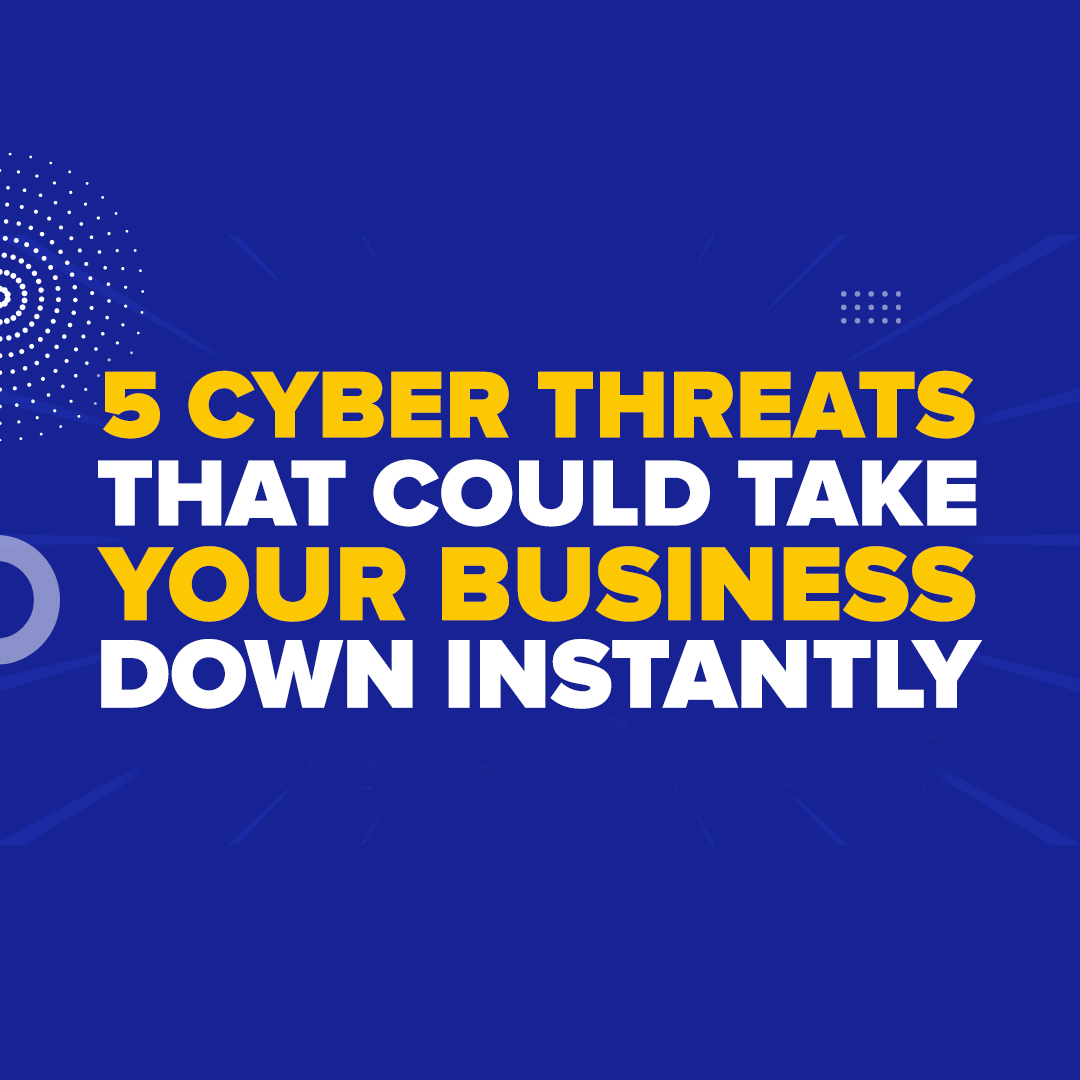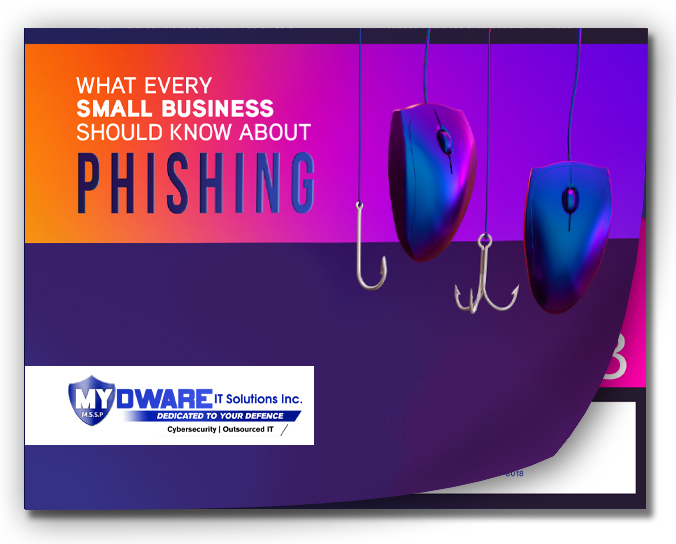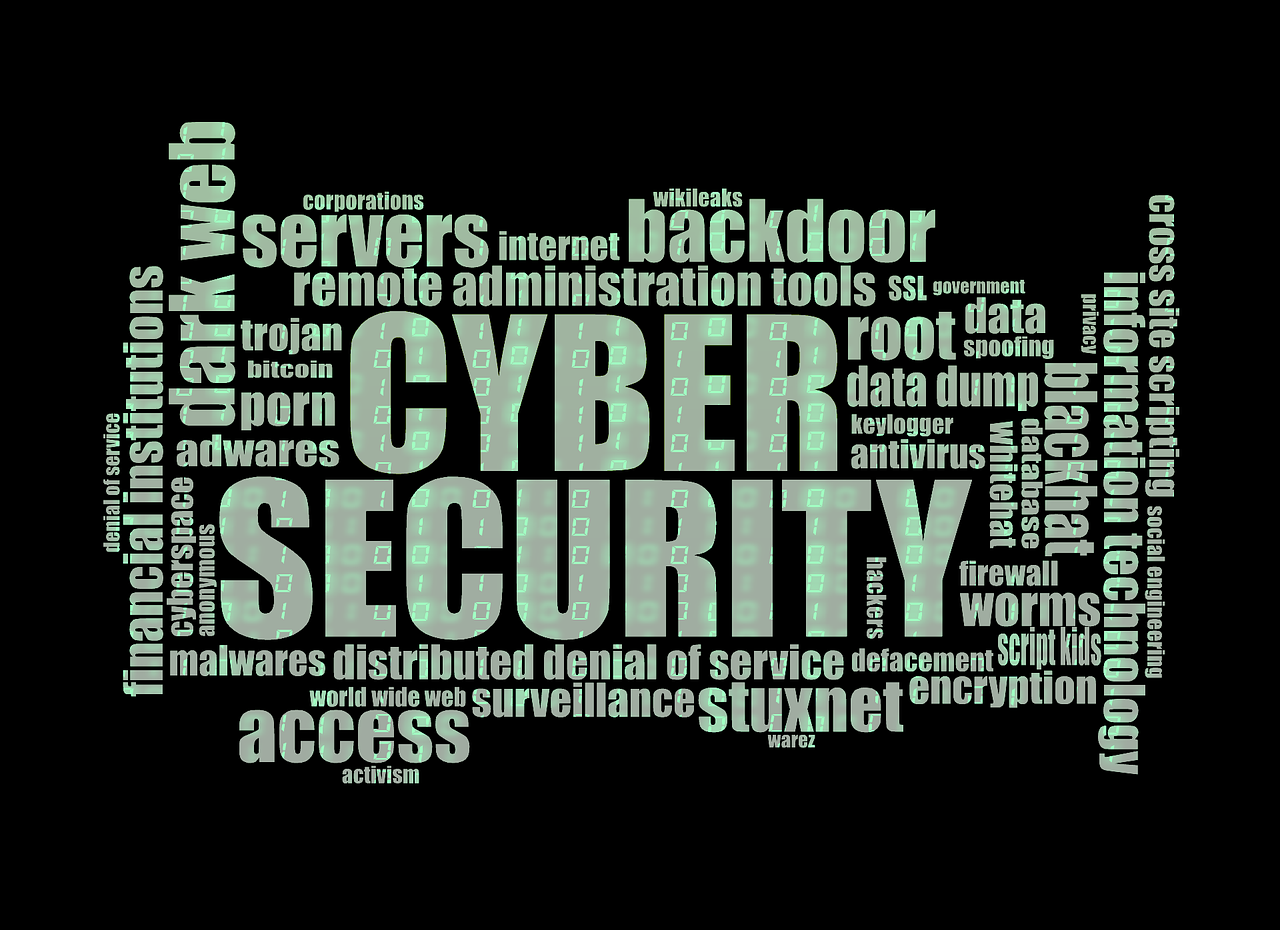
Cybersecurity threats are on the rise, and it's essential for both executives and employees to stay vigilant. From phishing attacks to ransomware, these cyber threats can disrupt operations and compromise sensitive information. Understanding these threats and implementing preventive measures is key to protecting your business. Let’s explore the most common threats and the strategies to keep them at bay.
Understanding Cybersecurity Threats and Solutions
Cybersecurity threats are evolving constantly, putting businesses at risk of data breaches, financial losses, and operational disruptions. To stay safe, it’s crucial to understand the most common threats and the strategies that can protect against them.
1. Phishing Attacks: Recognizing Suspicious Emails
Phishing attacks are one of the most common ways cybercriminals attempt to access sensitive information. These attacks usually arrive in the form of emails that prompt recipients to click on suspicious links or provide personal information.
How to Spot Phishing Emails
- Look for urgent messages requesting personal or financial information.
- Beware of emails from unknown senders asking you to click links or download attachments.
- Remember, reputable companies will never request sensitive information via email.
By educating employees on how to recognize phishing signs, businesses can significantly reduce the risk of falling victim to these scams. If you want to learn more how to INSTANLY identify phishing scams, click here.
2. Insider Threats: Protecting Against Internal Risks
Insider threats stem from within the organization, whether through employee negligence, accidental data leaks, or intentional sabotage. This risk highlights the importance of workplace security and awareness.
Preventing Insider Threats
- Implement security training to help employees understand best practices.
- Secure workspaces and restrict access to sensitive areas.
- Use security tools such as multi-factor authentication to increase access barriers.
With the right safeguards in place, businesses can prevent data leaks and minimize the risk of insider threats. If you want to learn more, here’s a full guide for insider threats.
3. Malware: Shielding Your System from Malicious Software
Malware is malicious software that can steal sensitive data, record keystrokes, and even spy on your network. Avoiding malware is essential to maintaining the integrity of your systems.
Defending Against Malware
- Avoid opening suspicious links or downloading unknown attachments.
- Use reliable antivirus and security software to detect and remove malware.
- Keep software updated to protect against the latest threats.
Proactive steps like these can go a long way in protecting your devices from malware.
4. Ransomware: Securing Your Data from Lockdowns
Ransomware is a type of malware that takes over a system, locking users out until a ransom is paid. This can have severe consequences for business productivity and profit.
How to Prevent Ransomware Attacks
- Strengthen network security with firewalls and encryption.
- Regularly back up data so you can restore your systems if an attack occurs.
- Train employees on ransomware risks and how to avoid them.
Backing up data ensures that, even in the worst case, your business can recover without paying a ransom. If you’re interested in learning more about ransomware, here’s 4 things you PROBABLY don’t know about ransomware
5. Vulnerable Systems: Updating Software to Block Security Gaps
Outdated software often contains security vulnerabilities that cybercriminals can exploit. Regular updates are critical for staying protected.
Improving System Security with Updates
- Regularly update software and hardware to fix vulnerabilities.
- Schedule routine maintenance to ensure your systems are equipped with the latest defenses.
- Work with your IT provider to implement updates smoothly.
With updated systems, businesses can stay a step ahead of cyber threats and maintain a secure network.
Conclusion
Every business faces cybersecurity risks, but with awareness and proactive measures, these threats can be minimized. Whether it’s recognizing phishing emails or updating software, each step strengthens your defenses against cyber attacks. If you’re ready to secure your business, reach out to us so can provide expert guidance on safeguarding your data and systems. If you feel like your business is in danger, you can take our FREE Cybersecurity Risk Assessment NOW!
Darryl Cresswell
CEO & President
MYDWARE IT Solutions Inc.




